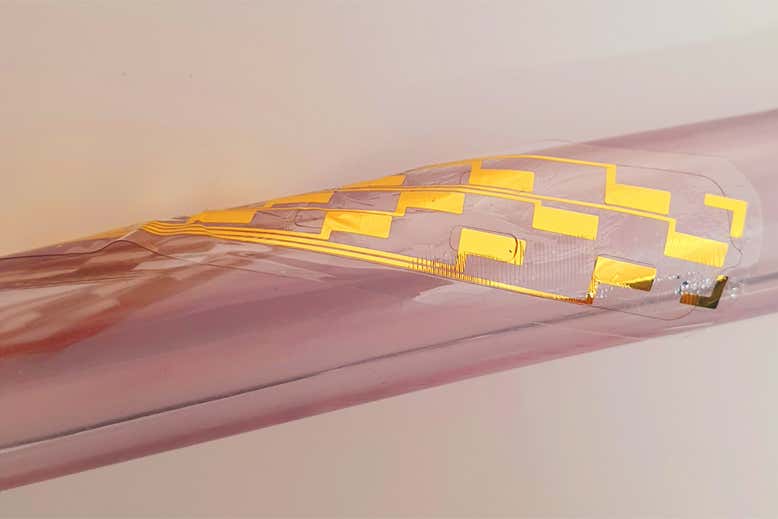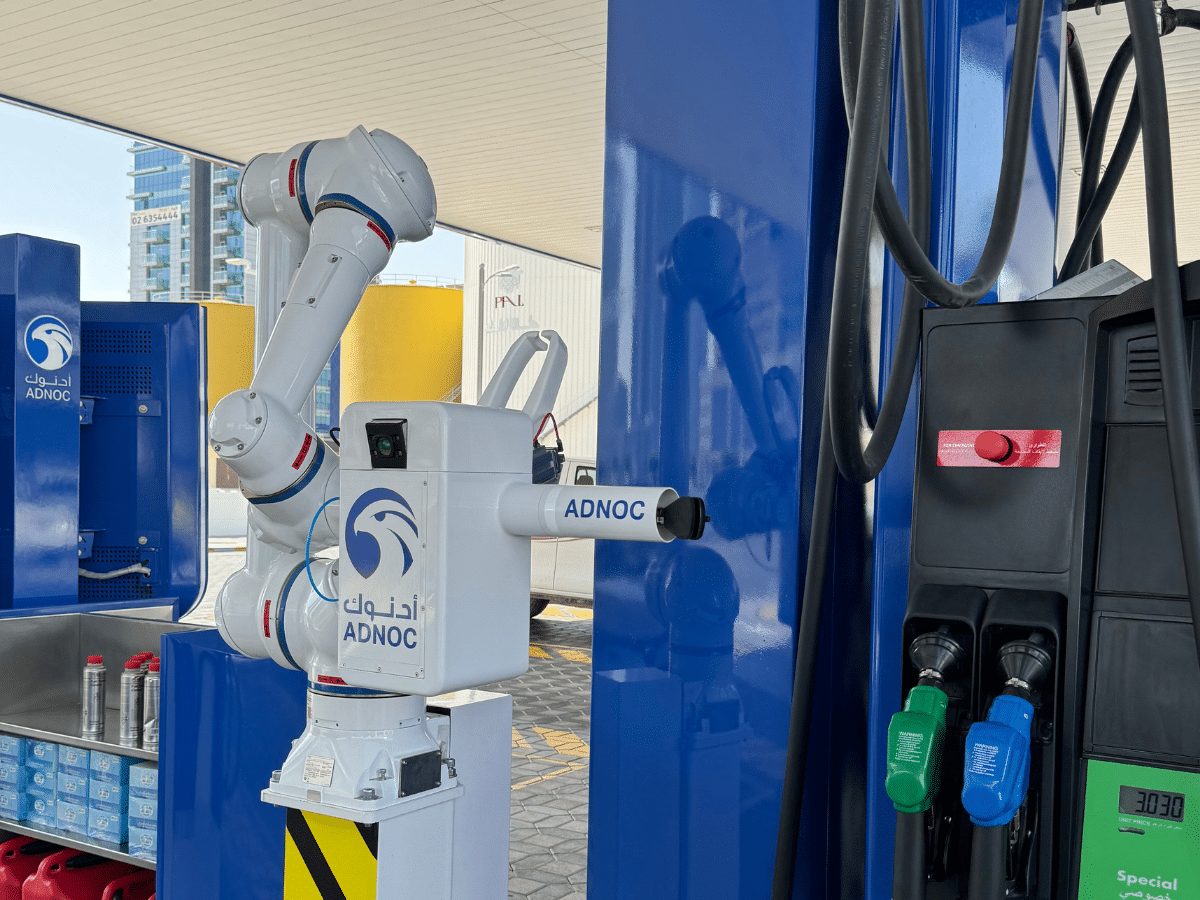Researchers from the University of Cambridge, UK, have developed a device that could provide long-term relief from chronic pain. Researchers have developed an extremely tiny, inflatable spinal implant suited for treating severe pain without invasive surgery.
For treating those pains that don’t react to the medication, scientists have used the mechanisms through which epidural anesthesia controls pain. The device uses a combination of soft robotic fabrication techniques, ultra-thin electronics, and microfluidics.
How it works:
This very thin device, about the width of human hair, is administered with a needle. Once in position, it is inflated like a tiny air mattress. When connected to a pulse generator, it delivers mild electric currents to a person’s spinal cord via implanted electrodes.
The device helps in reducing pain because the electrical current to the spinal cord disrupts the pain signals.
“Spinal cord stimulation is a treatment of last resort, for those whose pain has become so severe that it prevents them from carrying out everyday activities,” says University of Cambridge clinical neuroscientist Damiano Barone.
“An effective device that doesn’t require invasive surgery could bring relief to so many people.”
Researchers believe that it could prove to be an effective treatment for many forms of severe pain. Not only that, it could also be adapted for treating paralysis or Parkinson’s disease.
But still, many more tests and clinical trials are required before it can be used on patients.







